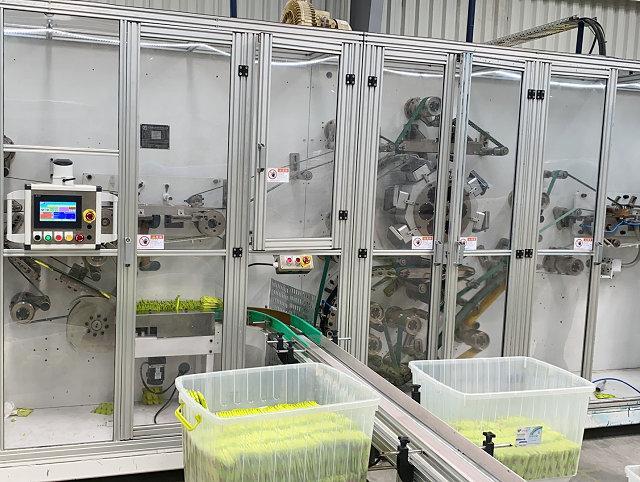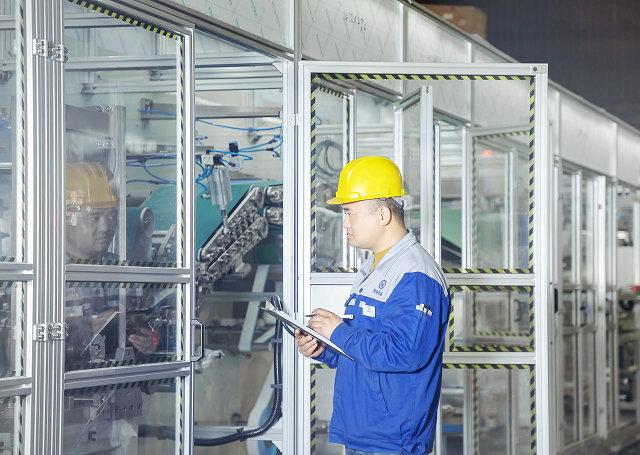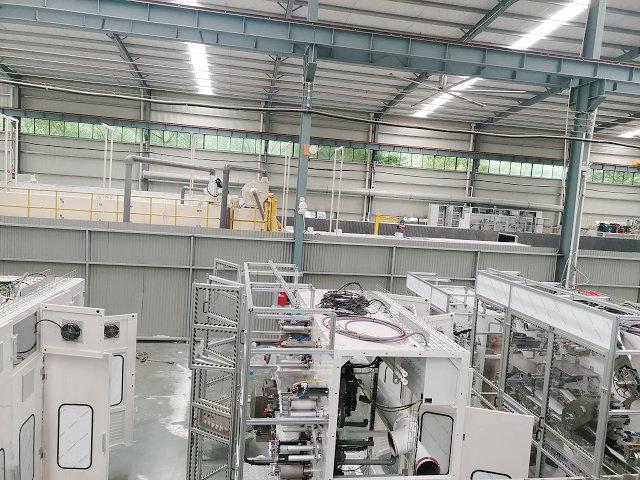Author:Haina Machinery Factory FROM:Diaper Machinery Manufacturer TIME:2023-07-19
Effective Usage of Nappy Manufacturing Machine

The nappy manufacturing industry plays a crucial role in meeting the hygiene needs of infants and adults. With the rising demand for high-quality and cost-effective products, manufacturers are constantly seeking ways to improve their production processes. One of the key components in this industry is the nappy manufacturing machine, which enables efficient and effective production. This article will explore the various aspects of effectively using a nappy manufacturing machine to optimize production and enhance product quality.

The first step towards effective usage of a nappy manufacturing machine is to optimize its settings. Each machine comes with a range of adjustable parameters such as speed, temperature, and tension. By understanding the requirements of different materials and the desired output, manufacturers can fine-tune these settings to achieve the best results. For instance, selecting the appropriate speed ensures a balance between production efficiency and product quality. Similarly, maintaining the correct temperature and tension levels ensures proper bonding and sealing of the nappy components, eliminating defects.

Maintaining the nappy manufacturing machine in good working condition is vital for long-term productivity and product quality. Regular maintenance and calibration are necessary to prevent breakdowns and ensure consistent performance. Manufacturers should establish a maintenance schedule that includes cleaning, lubricating, and inspecting the machine parts. Additionally, regular calibration of sensors and measuring devices is essential to maintain accurate production parameters. By adhering to a strict maintenance routine, manufacturers can minimize downtime, reduce repair costs, and ensure smooth operations.
Continuous monitoring and quality control are imperative to identify and rectify production issues promptly. Manufacturers should implement real-time monitoring systems to track various parameters, such as material thickness, weight, and moisture content. Any deviations from the specified tolerances should trigger alerts for immediate intervention. Regular quality control inspections should also be conducted to ensure that the nappies meet the required standards. This can involve visual inspections, adhesion tests, and absorbency checks. By closely monitoring production and implementing stringent quality control measures, manufacturers can prevent defects, reduce wastage, and deliver superior products to the market.
The effective usage of a nappy manufacturing machine is essential for achieving optimal productivity and maintaining high-quality standards. By optimizing machine settings, performing regular maintenance and calibration, and implementing continuous monitoring and quality control measures, manufacturers can enhance their production processes. This will not only increase efficiency but also contribute to the overall success of the nappy manufacturing industry. As the demand for hygienic products continues to grow, it is crucial for manufacturers to stay abreast of technology advancements and best practices in order to stay competitive in the market.
